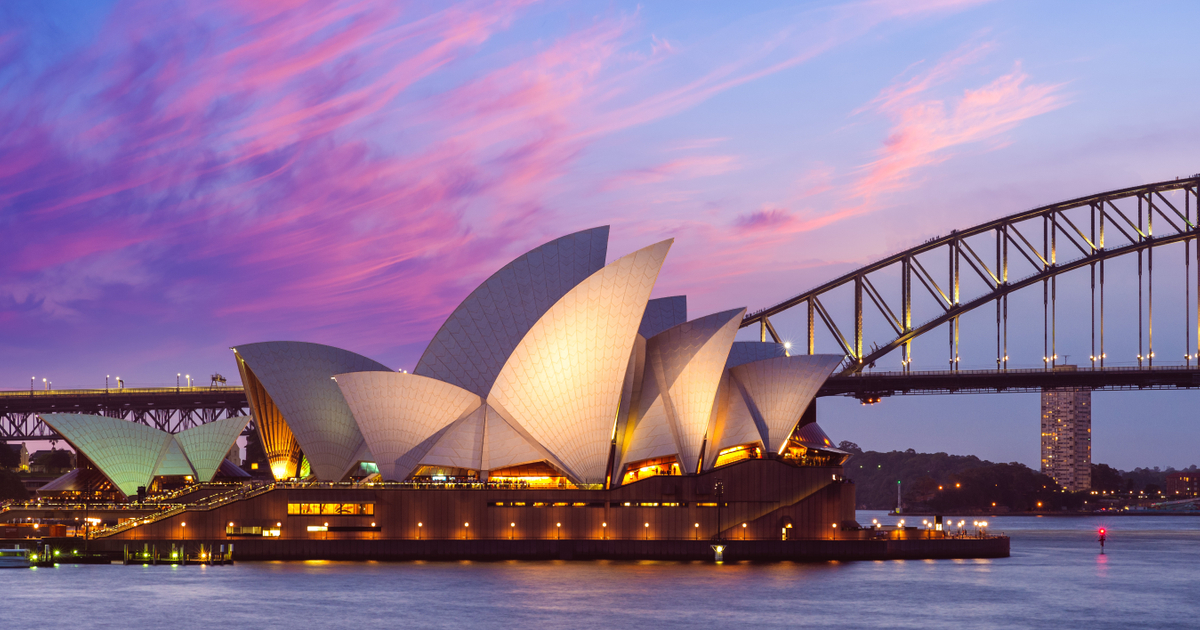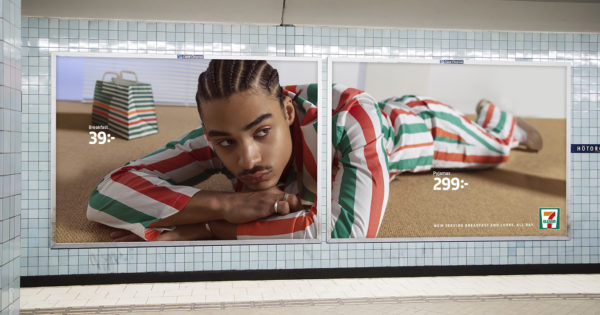McDonald's loyalty program is a year old—how it's doing
Despite signing up millions of members, the loyalty program offering free fries and rewards points has yet to help the slide in store traffic.

McDonald’s customer rewards program has signed up 26 million members since its U.S. launch almost a year ago, on par with some of the biggest loyalty programs in the business.
But signing up customers is just the first step. To succeed, the MyMcDonald's Rewards loyalty program must get them to visit McDonald’s more often and spend more.
The program is critical to the Chicago-based company’s long-term effort to drive sales growth. McDonald’s has struggled to generate consistent growth, in part due to persistent declines in customer counts at its 14,000 U.S. locations. Guest counts fell 2.2% in 2018 and 1.9% in 2019 before dropping by an undisclosed amount in 2020 when the pandemic forced restaurant closures.
McDonald’s started disclosing customer traffic numbers again in the first quarter of this year. Chief Financial Officer Kevin Ozan told analysts that guest counts sank 1% compared with the first quarter of 2021, an indication the loyalty program has yet to revive store traffic growth.
CEO Chris Kempczinski said during an April earnings call that it’s still “early innings,” but enrollment and participation are exceeding the company’s expectations. He added that McDonald’s is seeing “more frequent visits from loyalty customers, many of whom were very loyal to begin with,” and some large markets have seen record customer visit frequency driven by loyalty and app-exclusive promotions.
It’s hard to tell if loyalty members are spending more at McDonald’s, because the company doesn’t disclose sales to MyMcDonald’s members. But the company does provide some information on digital sales, a useful proxy for loyalty program sales, because members sign up through the app.
McDonald’s says digital transactions accounted for about 18% of sales in the U.S. in the first quarter. Starbucks, by contrast, says its loyalty club members generate 54% of the coffee chain’s sales.
“It’s clear they’re not getting nearly as much share of wallet with their loyalty members as perhaps Starbucks is,” says Bank of America senior research analyst Sara Senatore.
Senatore also finds MyMcDonald’s membership numbers unexceptional. In the three quarters since launching the program in July 2021, McDonald’s signed up 26 million members, slightly less than Starbucks’ 27 million and Chipotle’s 28 million. While those programs have been operating for years, Senatore points out that McDonald’s vast size created an opportunity to drive higher membership numbers. On a per-store basis, Chipotle, with 3,000 stores, signed up twice as many members as McDonalds during the first year of its loyalty program.
“It looks like a very big number after just nine months,” she says. “But once you control for the sheer number of units McDonald’s has and the sheer number of customers, it starts to look much more typical.”
McDonald’s appears to be counting on its most-frequent customers to make the program a success.
“Our opportunity is always about driving frequency,” Kempczinski said during the April earnings call. “(Loyalty) has been an effective way for us to drive frequency among our users.”
And there are signs the company’s biggest users are coming through. Data from Placer.ai shows visits from customers who went to McDonald’s at least once a month accounted for 17% of transactions last year, up from 15% in 2020. The uptick suggests the loyalty program is resonating with an important segment of McDonald’s customer base, says R.J. Hottovy, head of analytical research at Placer.ai.
A loyalty program also can provide useful data about customer habits, which can be used to prod them to buy more. If a customer normally comes in for a morning coffee, for example, McDonald’s could offer a coupon for a purchase after 2 p.m. An offer of free fries means they’ll likely buy something else, too. And when loyalty customers order in advance through the app, McDonald’s saves on labor costs and customer lines move faster.
Rarely one to lead the charge, McDonald’s joined the rewards fray later than others. Customers expect loyalty programs from chain restaurants now. And for restaurants, such programs have become even more vital in the last two years.
To build loyalty, brands need strong emotional connections with customers. That was lost when customers started ordering food online during the pandemic. With fewer in-person interactions, brands like McDonald’s are relying more on their rewards program to build emotional connections, says James Riess, senior vice president of strategy and insights at customer experience management company Merkle.
Riess says that connection—which can come through game-like challenges and other types of rewards—fosters customer engagement, a key to the success of loyalty programs.
“Customers are now in control of the brands that they engage with,” Riess says. “Just because I’m part of a loyalty program doesn’t mean that I’m going to engage on a continuous basis.”
McDonald’s plans to listen to customers and update MyMcDonald’s going forward, said Alycia Mason, the company's U.S. chief customer experience officer. McDonald's trained restaurant workers to help customers use the program, and it rewards those workers with loyalty points, too. Joining the program is easy, and members start receiving points for free food and personalized deals immediately, Mason said in a statement. There are also exclusive perks, like free fries, and resurrected offerings like the Szechuan Sauce.
Experts say McDonald’s has already amassed a data set it could try to monetize. Figuring out how to use that data to its advantage and keep customers engaged could prove its biggest rewards-related challenge. If it fails, MyMcDonald’s could end up giving freebies to customers without incentivizing them to spend more, thereby cannibalizing existing sales.

 JimMin
JimMin 































